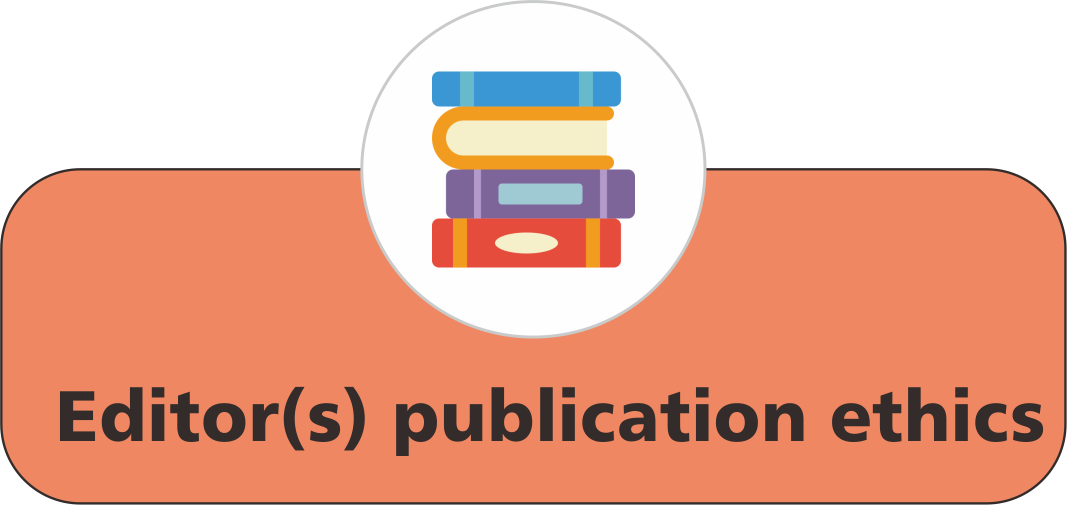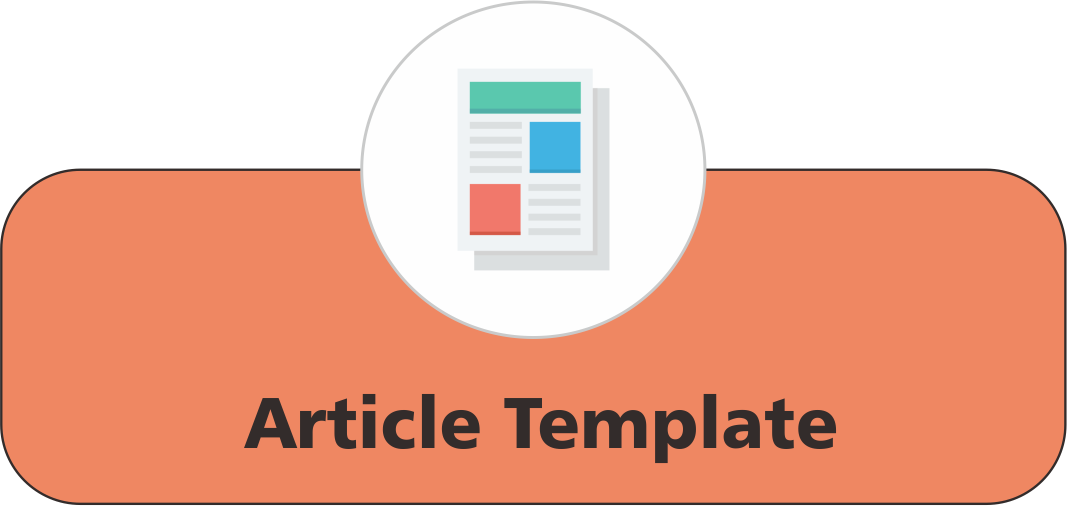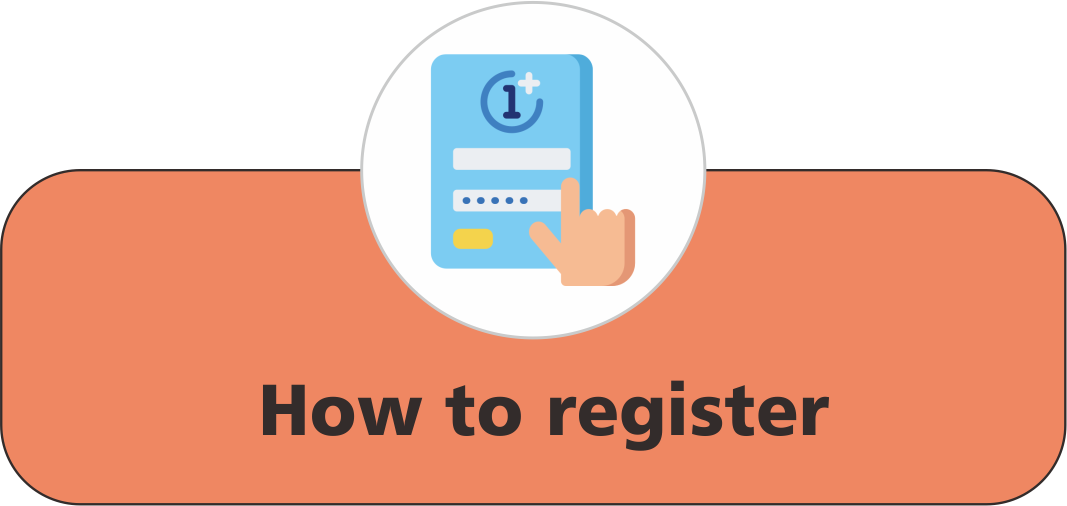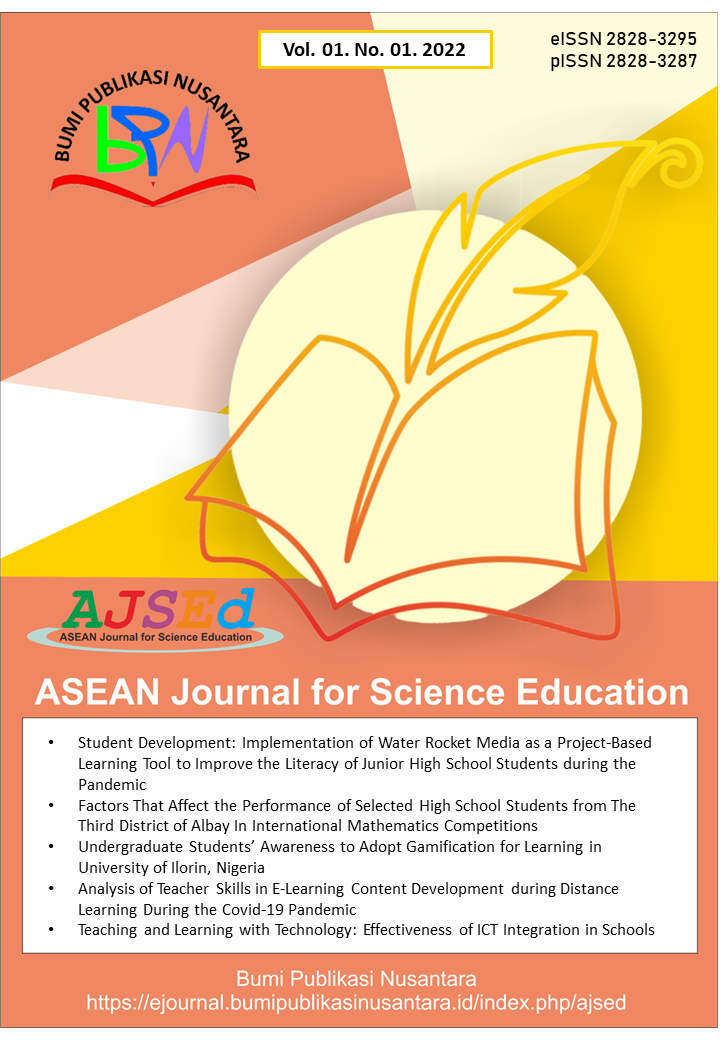Exploring Effective Differentiated Instruction in The Teaching and Learning of Mathematics
 ), Clement Ayarebilla Ali(2),
), Clement Ayarebilla Ali(2),
(1) NJA College of Education
(2) University of Education
 Corresponding Author
Corresponding Author
Abstract
Keywords
References
Aranda, M. R., and Zamora, J. L. (2016). Using differentiated instruction in improving the academic performance of students in Filipino language. Jurnal Statistika Terapan Retrieved January, 15, 35-46.
Awofala, A. O., and Lawani, A. O. (2020). Increasing mathematics achievement of senior secondary school learners through differentiated instruction. Journal of Educational Sciences, 4(1), 1-19.
Bondie, R. S., Dahnke, C., and Zusho, A. (2019). How does changing “one-size-fits-all” to differentiated instruction affect facilitating?. Review of Research in Education, 43(1), 336- 362.
Borja, L. A., Soto, S. T., and Sanchez, T. X. (2015). Differentiating instruction for EFL learners. International Journal of Humanities and Social Science, 5(81), 30–36.
Dixon, F. A., Yssel, N., McConnell, J. M., and Hardin, T. (2014). Differentiated instruction, professional development, and facilitator efficacy. Journal for the Education of the Gifted, 37(2), 111–127.
Fountas, I. C., and Pinnell, G. S. (2018). Every child, every classroom, every day: From vision to action in literacy learning. The Reading Facilitator, 72(1), 7-19.
Goddard, Y., Goddard, R., and Kim, M. (2015). School instructional climate and learner achievement: An examination of group norms for differentiated instruction. American Journal of Education, 122(1), 111–131.
Hackenberg, A. J., Creager, M., and Eker, A. (2020). Facilitating practices for differentiating mathematics instruction for middle school learners. Mathematical Thinking and Learning 23(3), 1-30,
Hapsari, T., Darhim, and Dahlan, J. A. (2018). Understanding and responding the learners in learning Mathematics through the differentiated instruction. Journal of Physics: Conference Series, 1013(1), 1-9.
Hidayati, F. H. (2020). Differentiated instruction in the mathematics classroom: Teachers’ teaching experience in a teacher professional development. International Journal on Teaching and Learning Mathematics, 3(1), 37-45.
Ismajli, H., and Imami-Morina, I. (2018). Differentiated instruction: Understanding and applying interactive strategies to meet the needs of all the learners. International Journal of Instruction, 11(3), 207–218.
Jadhav, P., Gaikwad, H., Patil, K. S. (2022). Teaching and learning with technology: Effectiveness of ICT integration in schools. ASEAN Journal of Science Education, 1(1), 33-40.
Magableh, I. S. I., and Abdullah, A. (2020). On the effectiveness of differentiated instruction in the enhancement of Jordanian learners' overall achievement. International Journal of Instruction, 13(2), 533-548.
Marks, A., Woolcott, G., and Markopoulos, C. (2021). Differentiating instruction: Development of a practice framework for and with secondary mathematics classroom teachers. International Electronic Journal of Mathematics Education, 16(3), 1-19.
Melesse, T. (2016). Differentiated instruction: Perceptions, practices and challenges of primary school facilitators. Science, Technology and Arts Research Journal, 4(3), 253-258.
Morgan, H. (2014). Maximizing learner success with differentiated learning: The clearing house. A Journal of Educational Strategies, Issues and Ideas, 87(1), 34–38.
Muthomi, M., and Mbugua, Z. (2014). Effectiveness of differentiated instruction on secondary school students achievement in mathematics. International Journal of Applied Science and Technology, 4(1), 116-122,
Njagi, M. W. (2014). Facilitators’ perspective towards differentiated instruction approach in facilitating and learning of mathematics in Kenya. International Journal of Humanities and Social Science, 4(13), 236–241.
Pozas, M., Letzel, V., and Schneider, C. (2020). Teachers and differentiated instruction: Exploring differentiation practices to address student diversity. Journal of Research in Special Educational Needs, 20(3), 217-230.
Prast, E. J., Van de Weijer-Bergsma, E., Kroesbergen, E. H., and Van Luit, J. E. H. (2018). Differentiated instruction in primary mathematics: Effects of teacher professional development on student achievement. Learning and Instruction, 54, 22–34.
Ríordáin, M. N., Paolucci, C., and O’ Dwyer, L. M. (2017). An examination of the professional development needs of out-of-field mathematics teachers. Teaching and Teacher Education, 64, 162–174.
Riyanto, Y., Nandiyanto, A. B. D., and Muhammad, N. (2021). The effectiveness of distance teaching and learning activities in primary schools. Indonesian Journal of Multidiciplinary Research, 1(1), 1-6.
Roiha, A. and Polso, J. (2021). The 5-dimensional model: A tangible framework for differentiation. Practical Assessment, Research, and Evaluation, 26(1), 1-18.
Shah. S., S. (2022). Teaching and learning with technology: Effectiveness of ICT integration in schools. Indonesian Journal of Educational Research and Technology, 2(2), 133-140.
Sharp, K., Jarvis, J. M., and McMillan, J. M. (2020). Leadership for differentiated instruction: Teachers’ engagement with on-site professional learning at an Australian secondary school. International Journal of Inclusive Education, 24(8), 901-920.
Article Metrics
Abstract View : 2802 times
: 2802 times Download : 3966 times
Download : 3966 times
Refbacks
- There are currently no refbacks.
Copyright (c) 2023 Bumi Publikasi Nusantara

This work is licensed under a Creative Commons Attribution-ShareAlike 4.0 International License.







